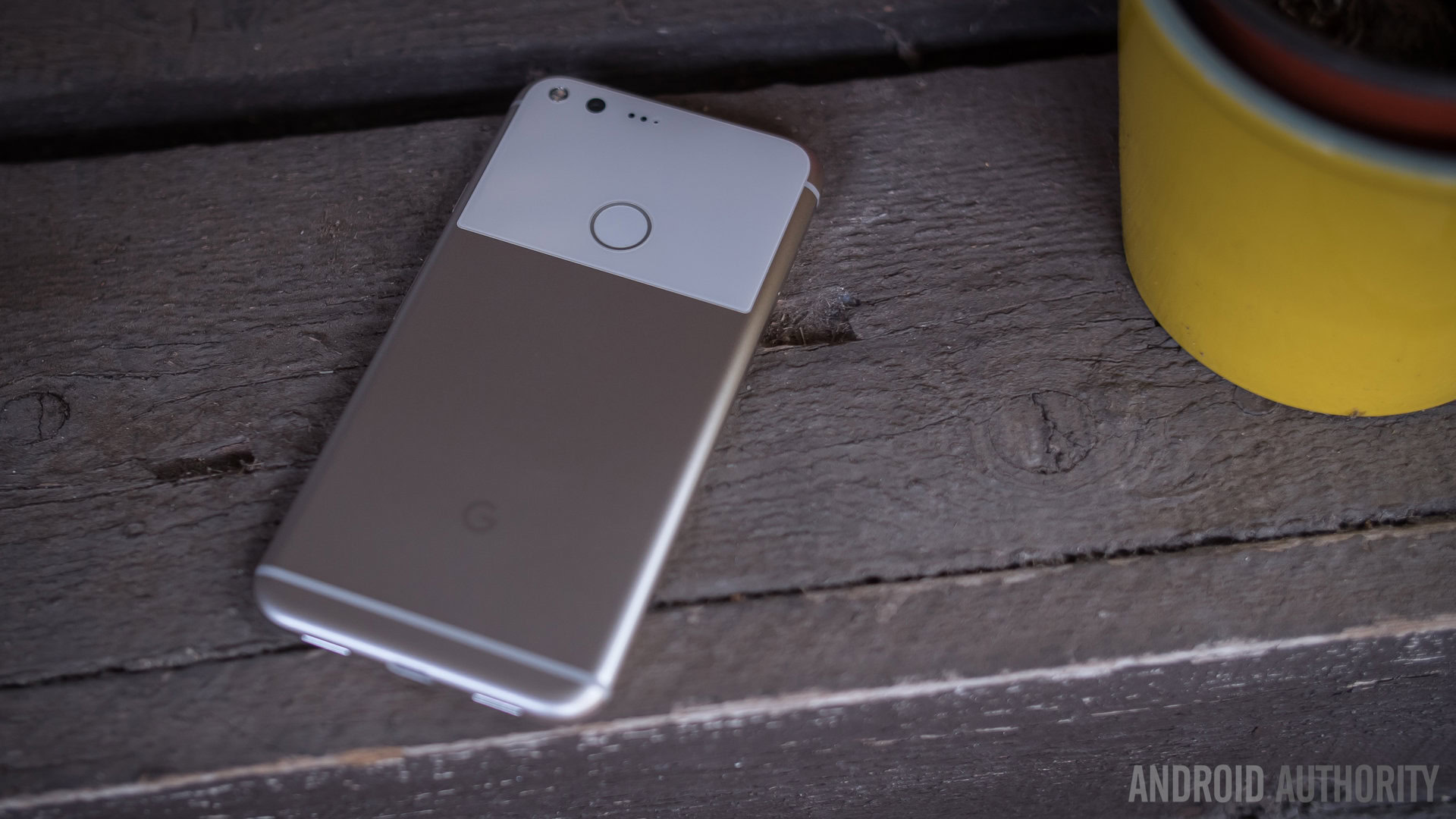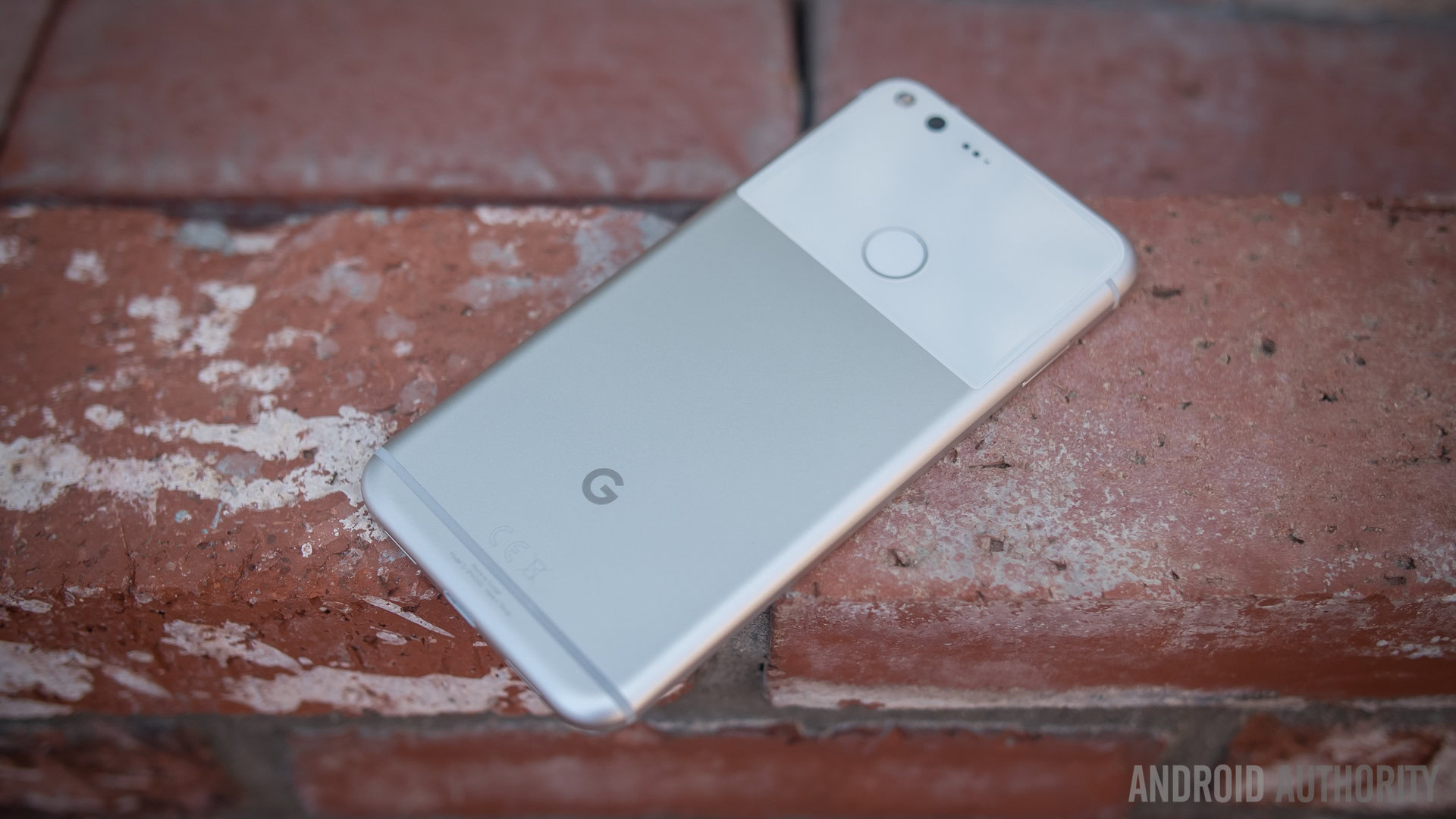Affiliate links on Android Authority may earn us a commission. Learn more.
Google reportedly working on Always On Display for Pixel phones

Based on a system UI APK from Android O, it looks like Google might bring an Always On Display feature to its Pixel smartphones.

Their controversial design aside, the Google Pixel and Pixel XL are some of the best smartphones out there, providing a pure, blazing-fast Android experience. However, there is one feature that’s been missing from the get-go: an Always On Display mode or an always on Ambient Display. AOD isn’t new per se; Nokia first introduced it a long time ago, Motorola (kind of) brought it to the Android world, and Samsung and LG made it truly mainstream.
It would make sense to take advantage of the extremely power efficient nature of OLED panels found inside the Pixel duo and allow users to enable AOD mode, but for whatever reason, the search giant left that feature out. Well, that might change soon with Android O: inside the latest Android O Developer Preview 3, the folks over at XDA Developers found a SystemUIGoogle.apk file which suggests AOD could be on its way to the Google Pixel and Pixel XL.
Google could introduce a toggle that enables AOD mode on Pixel phones with the Android O update.
The source code in question mentions “doze_always_on,” and as XDA Developers explains, “doze” here refers to Ambient Display, not the battery-saving doze mode that was introduced with Android Marshmallow. In other words, Google could introduce a toggle that enables AOD mode on Pixel phones with the Android O update. However, it’s worth mentioning that for now, this toggle remains within “tuner_prefs.xml,” meaning it’s an experimental feature hidden inside the device’s settings. Google may keep it that way, remove it altogether, or put it somewhere more visible with the official launch of the next version of Android. Only time will tell.
The current build of Android O Developer Preview 3 won’t let you access this feature, but this is certainly exciting news for those who were disappointed at the absence of AOD on Pixel devices. And if this feature does indeed arrive on Pixel phones with Android O, it will probably have a similar burn-in prevention tool found on Samsung’s smartphones, where the content moves ever so slightly over time to avoid depleting certain pixels over others.
Do you care about AOD? Will you use this feature if it comes to your Pixel phone? Let us know in the comments below, and we will keep you tuned!